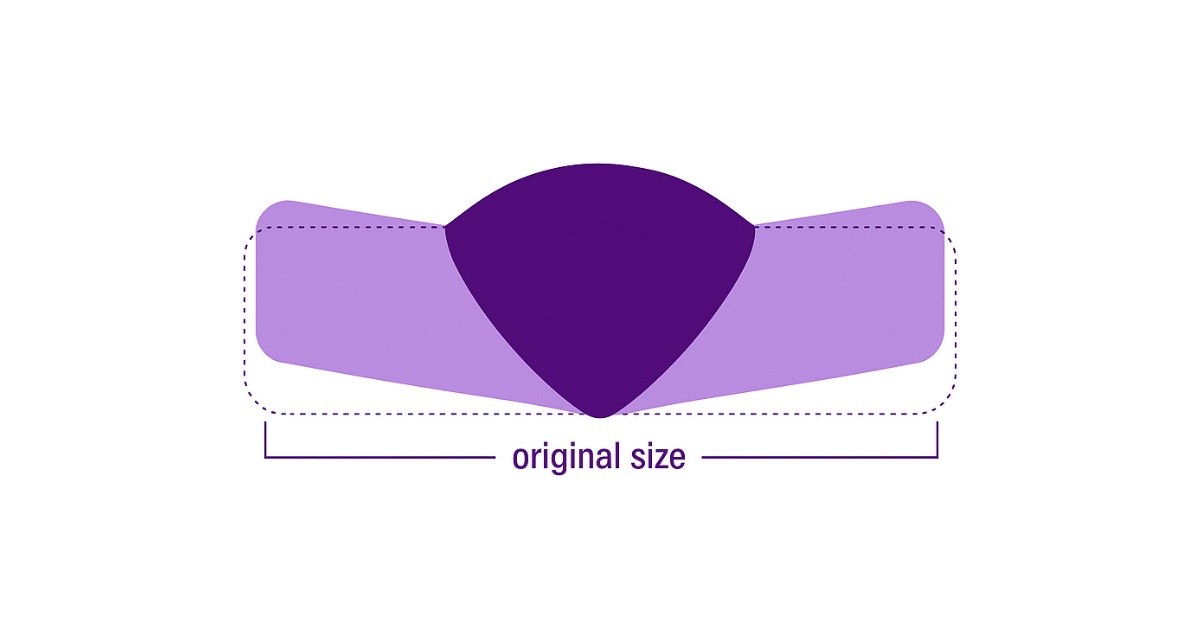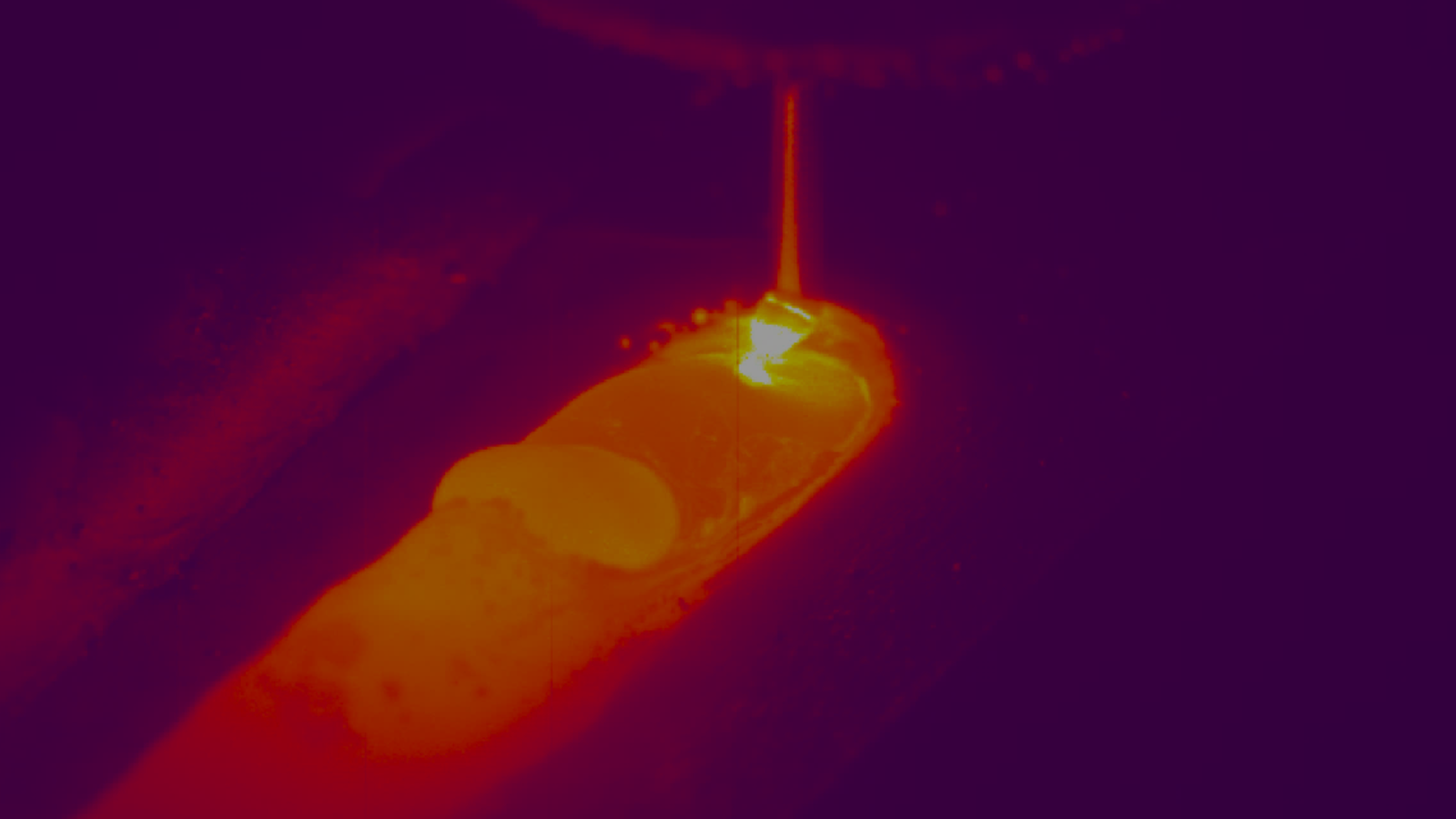Machine vision is the technology that enables computers or automated systems to "see" and interpret visual information, much like human vision.
It plays an important role in industrial automation, allowing systems to inspect, monitor, and make decisions based on real-time imaging data. In welding, machine vision is especially valuable—it enhances quality control, process monitoring, and defect detection, improving consistency and reducing rework or failure.
Key Elements Machine Vision Monitors in Welding
In welding processes, machine vision is tasked with monitoring several key objects: the melt pool, groove, weld bead, electrode tip, and surrounding workpiece surfaces.
Accurate measurement and tracking of these objects is vital. However, using traditional visible light for imaging introduces challenges—mainly due to the intense arc light generated during processes like Gas Metal Arc Welding (GMAW) or Gas Tungsten Arc Welding (GTAW).
Challenges of Using Visible Light in Welding
In the visible spectrum, the arc becomes the primary illumination source. Both the arc and the molten steel are bright, but the arc is significantly more intense.
This overwhelming brightness dominates the camera image, reflecting off surfaces and creating an uneven, high-contrast scene. The arc’s pulsation in short-circuit or pulsed GMAW further adds inconsistency to the illumination. Fumes and spatter also interfere, scattering arc light and further obscuring the view of critical welding elements.
NIR Imaging as a Solution for Arc Light Interference
Near-Infrared (NIR) imaging provides a powerful solution to these challenges. Unlike visible light, NIR reduces the intensity of the arc light. Studies, including those done by researchers and in-house at Xiris Automation, show that arc radiation is significantly weaker in the NIR range—often several times lower. This lower intensity allows the camera to capture clearer, more balanced images of the weld environment.
Better Contrast for Melt Pool and Weld Bead Visibility
The melt pool, which emits more significant thermal radiation in NIR, appears brighter relative to its surroundings. This improves the contrast between the melt pool and the darker background, making it easier to distinguish edges and shapes. Precise edge detection is essential for measurements such as groove tracking or weld bead profiling. Clearer object boundaries reduce errors in machine vision systems and increase the reliability of real-time decisions.
Enabling Accurate Blob Analysis and Object Detection
NIR’s enhanced contrast is also crucial for blob analysis—a method that identifies and quantifies regions of interest based on brightness thresholds. For blob analysis to work effectively, there must be a clear distinction between the target (like the melt pool) and its surroundings. In NIR, with reduced arc glare and better object clarity, this condition is much more easily met.
How AI Tools Like MeltPool AI Benefit from NIR
Additionally, AI-based tools such as MeltPool AI benefit from clearer input data. Neural networks and other recognition algorithms perform better when the features they’re trained to detect—such as pool geometry, bead formation, or electrode positioning—are well-defined and free from interference.
In summary, NIR imaging offers significant advantages for machine vision in welding. By reducing arc light interference and enhancing the visibility of critical weld elements, NIR enables more accurate, stable, and intelligent monitoring. Whether for edge detection, object recognition, or AI-based analysis, NIR consistently outperforms visible light in delivering the clarity machine vision systems need to succeed.
Introducing the Xiris NIR Weld Camera System
To address the limitations of visible-spectrum monitoring and take full advantage of NIR imaging, Xiris developed the NIR Weld Camera System—a high dynamic range (HDR) solution designed specifically for Open Arc and Laser welding applications.
The system combines the XVC-750T HDR camera with the XLP-850 NIR illumination module, offering unmatched clarity, precise contrast, and a safe, laser-free setup. The result is ultra-detailed visualization of the melt pool, weld bead, and surrounding areas—even in the most demanding welding environments.








